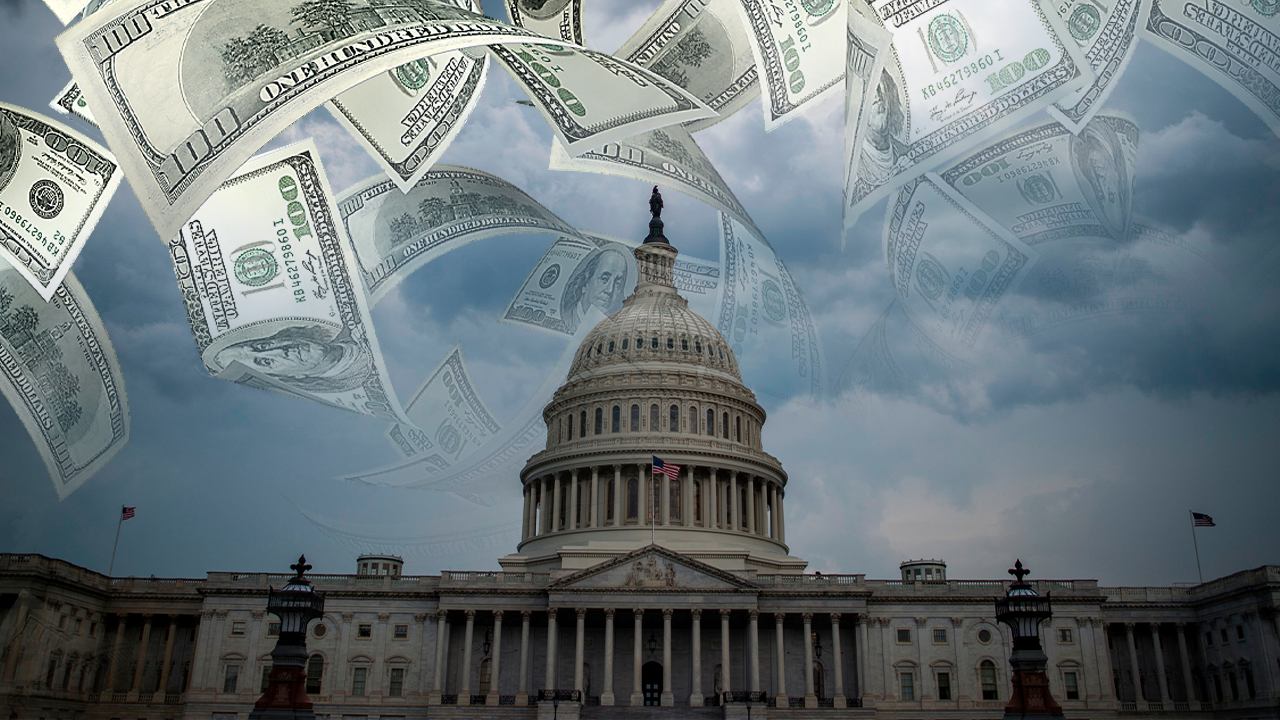Federal Government Enters Partial Shutdown
- Funding talks collapsed after the midnight deadline, triggering a partial shutdown.
- Republicans blame Democratic demands for blocking a short-term extension.
- Thousands of federal workers face furloughs, and key public services will be disrupted.
The federal government began a partial shutdown on Wednesday after Congress missed the midnight funding deadline, with Democrats and Republicans unable to agree on a stopgap measure. An earlier Senate GOP attempt to pass a continuing resolution to extend FY2025 funding was blocked by Democrats upset at being cut out of negotiations. The House had approved the CR on Sept. 19, but the Senate remains gridlocked.
House Republicans deliberately stayed away from Washington to pressure the Senate into moving their plan, while House Democrats returned to highlight contrasts and criticize the GOP strategy. The split has turned routine budget mechanics into a high-stakes political showdown. Both sides are trading blame as services and paychecks hang in the balance.
Partial shutdown means many federal functions will be paused or reduced, and agency leaders are already executing shutdown plans. OMB Director Russ Vought instructed agencies to prepare for an orderly pause in operations. The result will be furloughs, delayed services, and uncertainty for millions who rely on federal programs.
Democrats pushed to include an extension of enhanced Obamacare subsidies set to expire at the end of 2025, demanding that aid be tied to any CR. Republican leaders said the healthcare funding can be negotiated later but refused to accept what they view as open-ended spending. The standoff turned policy disagreements into a lever for political advantage.
Senate Majority Leader John Thune warned before the vote: “There isn’t any substantive reason why there ought to be a government shutdown. This is something that has been done routinely, as I said, 13 different times when the Democrats had the majority. But we are not going to be held hostage for over $1 trillion in new spending on a continuing resolution.”
President Donald Trump and the OMB now decide which services stay active, while many federal employees face furloughs or unpaid work. Vought’s memo made clear agencies should “execute their plans for an orderly shutdown” after the CR failed. The memo added that the duration is uncertain but urged employees to report for shutdown duties.
“It is unclear how long Democrats will maintain their untenable posture, making the duration of the shutdown difficult to predict,” the memo read. “Regardless, employees should report to work for their next regularly scheduled tour of duty to undertake orderly shutdown activities.”
Trump told reporters Republicans did not want a shutdown but suggested they could leverage it to impose lasting policy pain on Democrats, pointing to OMB’s guidance for aggressive actions. “We can do things during the shutdown that are irreversible, that are bad for them and irreversible by them, like cutting vast numbers of people out, cutting things that they like, cutting programs that they like,” Trump said in reference to OMB’s memo.
Senate Minority Leader Chuck Schumer replied, “Well, there it is. Trump admitted himself that he is using Americans as political pawns. He is admitting that he is doing the firing of people. If God forbid it happens, he’s using Americans as pawns.”
The Congressional Budget Office cautioned that a longer lapse increases damage, estimating about 750,000 employees could be furloughed daily with roughly $400 million in daily compensation affected. CBO Director Phillip Swagel outlined those impacts in a letter to Senate leaders, noting active-duty service members would also go without pay while lawmakers must still be paid. Expect closures of the Capitol Visitor Center, Botanic Garden and Library of Congress, canceled congressional trips, and a Capitol operating at reduced capacity.


Leave a Comment